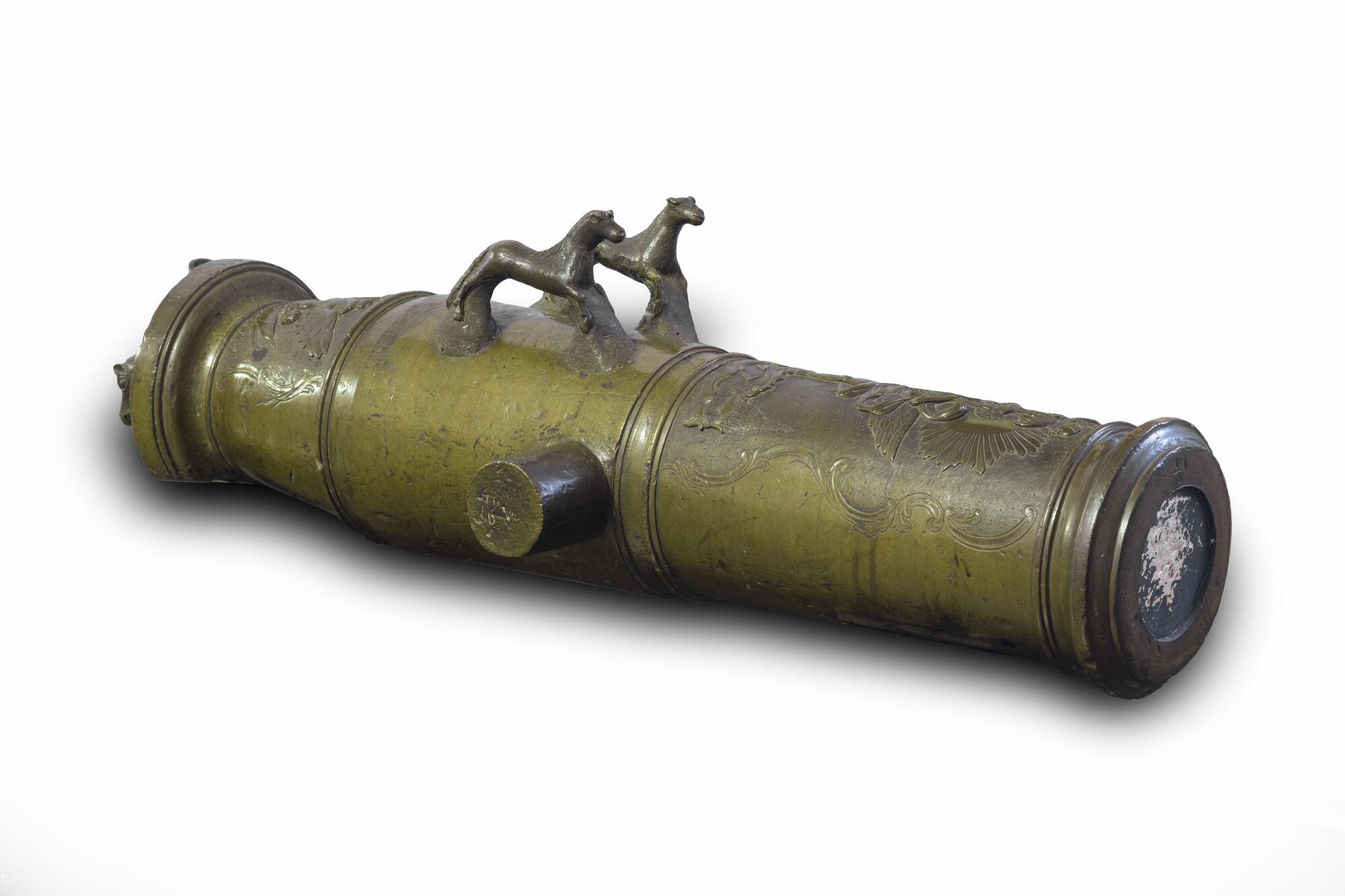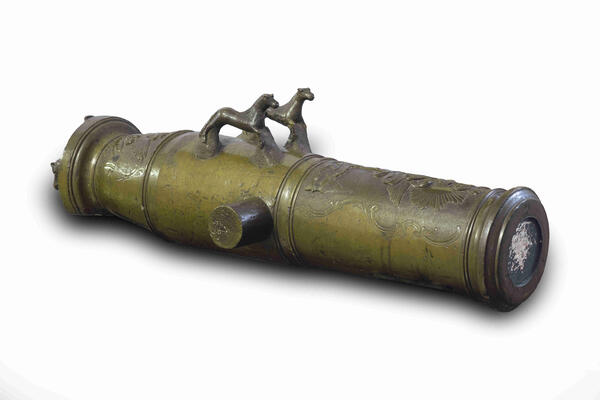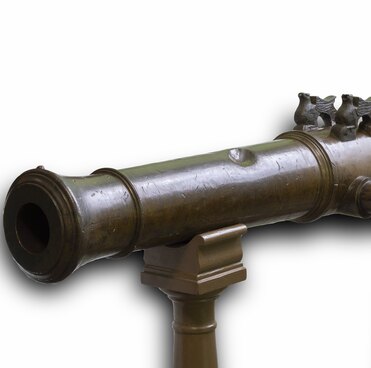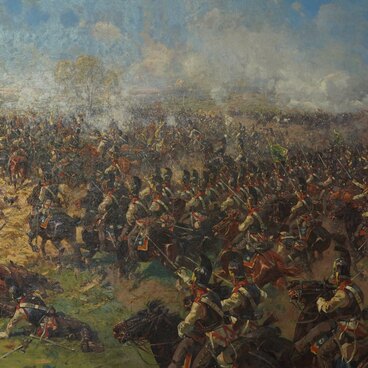In 1756, Pyotr Ivanovich Shuvalov, Field Marshal, conference minister, Chamberlain, senator, reformer and inventor, was appointed head of artillery. Three years prior to his appointment, he had presented his project of the “secret howitzer”. It was assumed that the elliptical shape of its bore would allow for a more effective range when firing canister shots. In practice, however, the howitzer “was not advantageous when firing canister shots, it fired shells… worse than the ordinary ones” (excerpt from the Brockhaus and Efron Encyclopedic Dictionary), but General Feldzeugmeister inspired a lot of activity among inventors.
Under the leadership of Pyotr Shuvalov, a new model of a “long” howitzer with a conical chamber was developed in the late 1750s. Several artillery officers took part in this project, including Colonel M.G. Martynov, Captain M.V. Danilov, I.I. Miller, I.V. Demidov, M. Rozhnov, M. Zhukov, as well as gunsmiths Stepanov, Kopyev and Konstantinov.
The conical chamber made it possible to place the projectile perfectly in the center of the bore, and the barrel itself was shorter and lighter. The tiniest gap between the walls of the bore and the projectile enhanced the accuracy and range of fire.
Major Mikhail Vasilyevich Danilov wrote in his memoirs that he saw a drawing of “mortars” with conical chambers and one lock in the middle in the “Mémoires d’Artillerie” by Pierre Surirey de Saint-Remy. Together with Colonel Martynov, after testing an unsuccessful version of the “twins” (two “cast as a whole” mortars), they developed the project of “single mortars”, “which fired canister shots, shells and balls alternately.” This gun with the same caliber and conical chamber became known as the “unicorn” (or “Shuvalov’s howitzer”). These weapons were dubbed “unicorns” for their decorative elements: the dolphins (the handles) and the cascabel (a projection behind the breech) were cast in the shape of these mythical animals.
Unicorns became the first universal type of weapon: it combined the properties of a howitzer and a cannon, and all types of ammunition were suitable for it.
In 1797, Emperor Paul I reformed the Russian artillery and, in particular, retired the older howitzers, replacing them with the unicorns. For almost a century, the gun was in service not only with the Russian, but also with the Italian and Austrian troops, and was considered one of the best in the second half of the 18th century.
Under the leadership of Pyotr Shuvalov, a new model of a “long” howitzer with a conical chamber was developed in the late 1750s. Several artillery officers took part in this project, including Colonel M.G. Martynov, Captain M.V. Danilov, I.I. Miller, I.V. Demidov, M. Rozhnov, M. Zhukov, as well as gunsmiths Stepanov, Kopyev and Konstantinov.
The conical chamber made it possible to place the projectile perfectly in the center of the bore, and the barrel itself was shorter and lighter. The tiniest gap between the walls of the bore and the projectile enhanced the accuracy and range of fire.
Major Mikhail Vasilyevich Danilov wrote in his memoirs that he saw a drawing of “mortars” with conical chambers and one lock in the middle in the “Mémoires d’Artillerie” by Pierre Surirey de Saint-Remy. Together with Colonel Martynov, after testing an unsuccessful version of the “twins” (two “cast as a whole” mortars), they developed the project of “single mortars”, “which fired canister shots, shells and balls alternately.” This gun with the same caliber and conical chamber became known as the “unicorn” (or “Shuvalov’s howitzer”). These weapons were dubbed “unicorns” for their decorative elements: the dolphins (the handles) and the cascabel (a projection behind the breech) were cast in the shape of these mythical animals.
Unicorns became the first universal type of weapon: it combined the properties of a howitzer and a cannon, and all types of ammunition were suitable for it.
In 1797, Emperor Paul I reformed the Russian artillery and, in particular, retired the older howitzers, replacing them with the unicorns. For almost a century, the gun was in service not only with the Russian, but also with the Italian and Austrian troops, and was considered one of the best in the second half of the 18th century.






